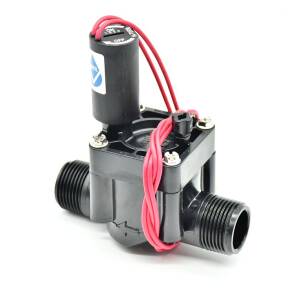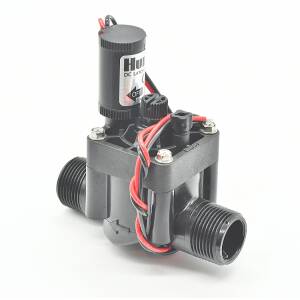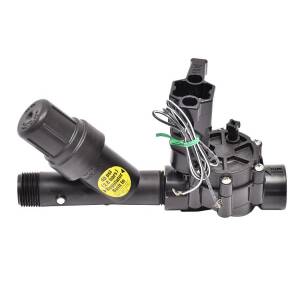Frequently Asked Questions (FAQs)
Solenoid valves allow precise control of irrigation and easy integration into automatic irrigation systems.
Solenoid valves are usually installed in valve boxes and controlled via a control unit or a timer.
The size of the solenoid valve depends on the size of the irrigation system. As a rule, however, 3/4 inch or 1 inch valves are used.
It is important to regularly check the filters and seals of the solenoid valves and to clean or replace them if necessary.
Yes, with a little technical understanding and the right tools, installing solenoid valves for micro-irrigation is relatively easy. However, be sure to follow the manufacturer's instructions and turn off the water before installation.
What are solenoid valves and why are they important for micro-irrigation?
Solenoid valves are electromechanical valves used in micro-irrigation to control irrigation. They are an important part of an automated irrigation system as they can regulate the water supply at certain times and in certain areas of the garden. The use of solenoid valves enables efficient and reliable irrigation, as they only open when required, thus avoiding unnecessary water consumption.
What are the advantages of solenoid valves in micro-irrigation?
Solenoid valves have many advantages. They are closed without current and only open when required, which ensures reliable irrigation. This also results in lower power consumption. They are also available in different versions, e.g. for 220 volt irrigation controllers or 9 volt battery controllers. This enables flexible adaptation to the individual needs of the garden. The simple installation and the use of renowned brands such as Hunter and Rain Bird also ensure the high quality and durability of the solenoid valves.
How can solenoid valves be used in micro-irrigation?
Solenoid valves can be used in various areas of micro-irrigation. For example, they can be used in combination with irrigation controllers to automate irrigation. They can also be installed in valve boxes to protect the valves from the weather and allow for easy maintenance. They can also be used in combination with drip hoses or sprinklers to enable targeted irrigation of plants or lawns. The use of solenoid valves is therefore versatile and can help to make garden irrigation more efficient and convenient.
 Free Online Irrigation-Planner
Free Online Irrigation-Planner














